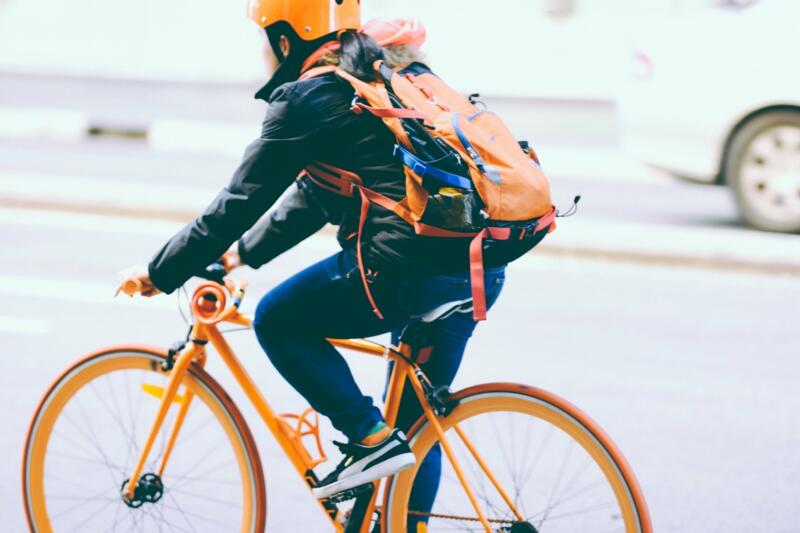20th July 2017
Top cycle to work scheme tips from a top cycle to work scheme provider
Aimee Radcliffe

We didn’t become one of the leading providers of the UK’s cycle to work scheme without getting to know the scheme inside out. Although the basics of it are pretty straightforward, there are some things that are easily overlooked, or that may not be apparent without a little extra thought. With that in mind, here are some of our in-the-know cycle to work scheme tips for your benefit! Don’t say we never give you anything…
Get kitted out
Out first tip is a simple one that you may already be aware of, but it’s worth our repeating for those of you who aren’t. Everyone knows you can get your hands on a bike through the cycle to work scheme, but fewer realise you can also buy cycling equipment. The only stipulation is that it must be kit to do with cycling safety, but that incorporates most cycling equipment, such as helmets, bells, lights, reflectors, mirrors, mudguards, cycle clothing, cycle clips, panniers, luggage carriers, child seats, locks, chains, pumps, puncture repair kits and cycle tool kits.
E-bikes and trikes
Not only can you buy cycling equipment via the cycle to work scheme, but you can buy a bike that isn’t really a bike. You can buy an e-bike or a trike! In fact, any tricycles or cycles with more than three wheels are covered by the scheme, along with electric bikes.
Mix it up
The whole premise of the cycle to work scheme is to get more people commuting by bike. Of course, you may like the idea of commuting by bike, but what if a workplace is too far to cycle to and from? Well, the scheme states that employees can still buy bikes and equipment via the scheme even if they use public transport for part of their commute, making it accessible to as many as possible.
Don’t just commute
There’s more to life than work and that’s a point that is recognised by the cycle to work scheme! The rules say that commuting need only account for 50% or more of the use of a bike or piece of equipment via the scheme. That means half of the time a bike or piece of kit is used can be at an employee’s leisure. Perhaps the bigger tip here, though, is that, although the onus is on employers to track employee bike usage, there’s no real way to track that. Make of that information what you will…
Max out savings
The basic principle of the cycle to work scheme is that an employer buys a bike or cycling equipment for an employee who then pays back the cost via weekly or monthly instalments. Employers and employees usually agree that ownership of goods bought via the scheme will be transferred to the employee at the end of the hire period, with a final payment amounting to the Fair Market Value of the bike or equipment required to make matters legal. While the total value paid back via the hire arrangement doesn’t change regardless of the length of hire period, the Fair Market Value of a bike or piece of kit falls as it depreciates over time. This means that the longer the hire period, the less the employee will have to pay at the end to complete the transfer of ownership.
{{cta('74677def-e377-4b2d-b608-b1992deeafe1')}}Latest Blogs
The Ultimate Salary Sacrifice Toolkit: What Else Can Your Staff Save On?
You've sorted the bikes, but did you know your staff could be saving money on everything from electric cars to gym memberships through salary sacrifice?
From Purchase to Tax Relief: The Complete Guide to Bike Scheme Capital Claims
You've implemented your bike-to-work scheme, your staff are cycling happily, but are you claiming all the tax relief you're entitled to?